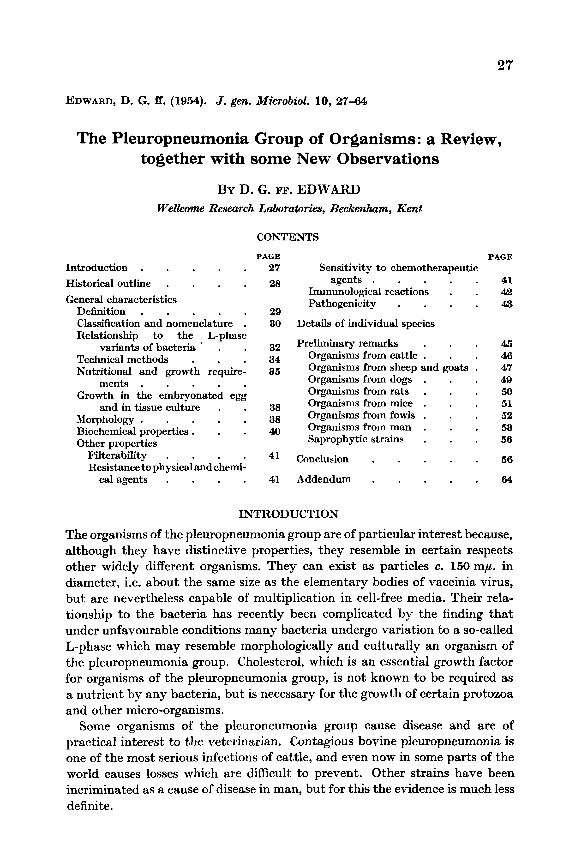
Full text loading...

The Pleuropneumonia Group of Organisms: a Review, together with some New Observations, Page 1 of 1
< Previous page | Next page > /docserver/preview/fulltext/micro/10/1/mic-10-1-27-1.gif
There is no abstract available.

Article metrics loading...

Full text loading...
References


Data & Media loading...
